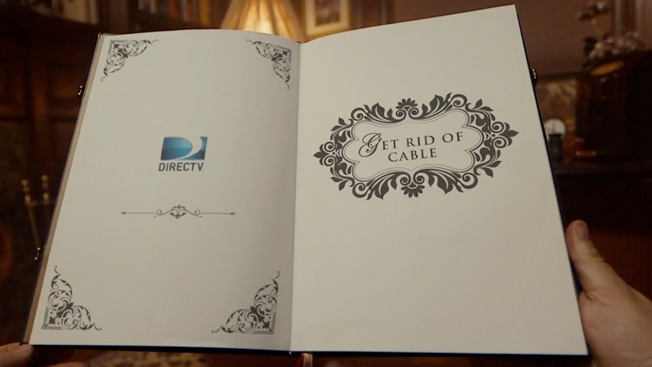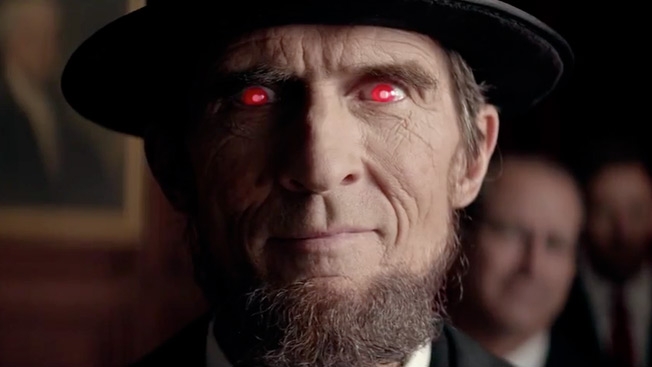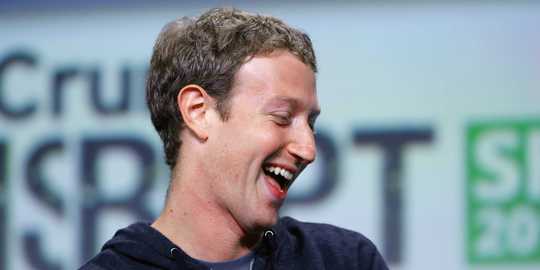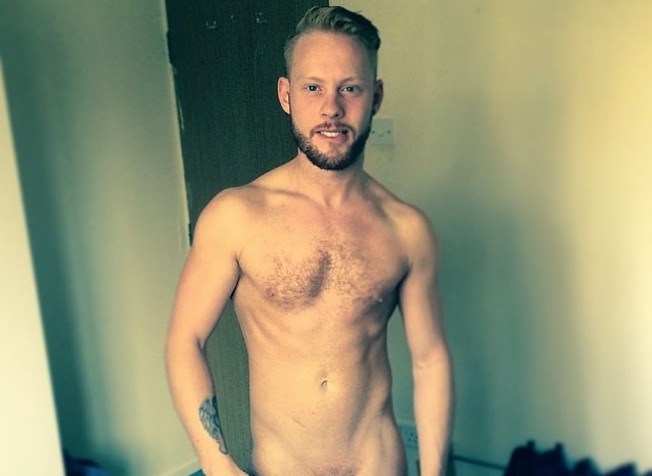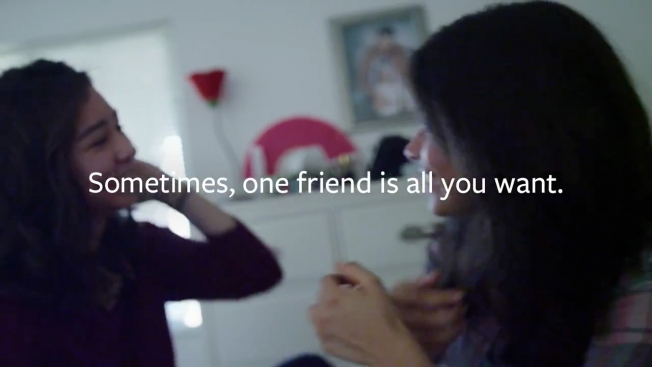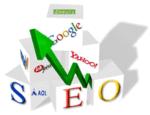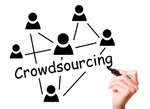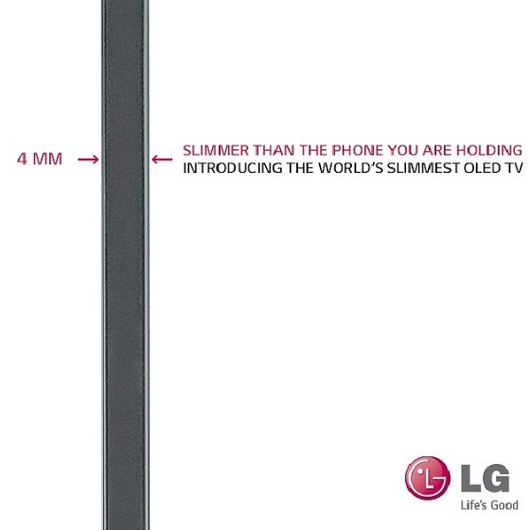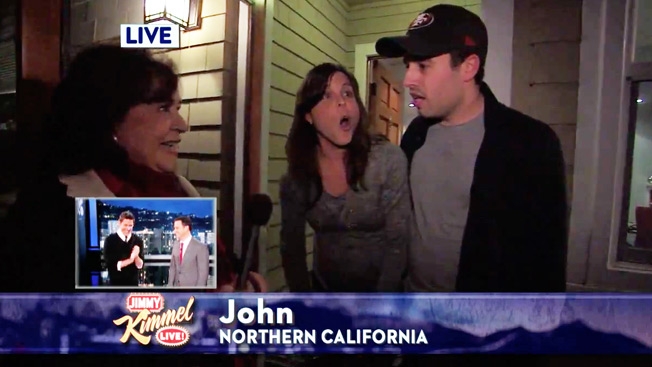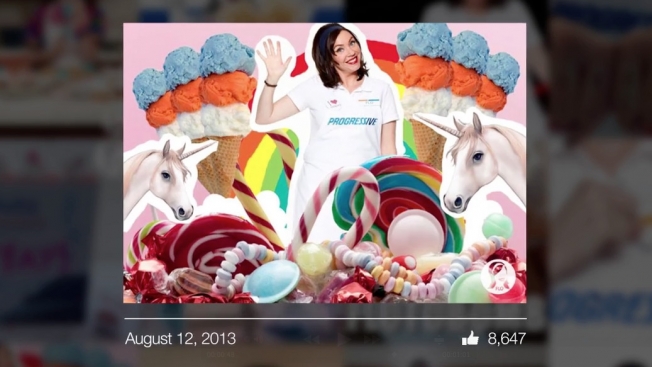Joe Smith wakes up one morning, walks out the front door of his apartment building and takes a selfie with the 3 feet of snow that have piled up on his Toyota Camry. He tweets out the photo with the header “OMG, that is A LOT of snow.” He gets a few comments and retweets from friends. An hour later, he arrives at work, logs into Facebook and finds a friend’s link to www.theflatteringman.com. It turns out to be a prank website for a “Push Up Muscle Shirt” that is part of an Old Spice viral ad campaign. Joe likes and shares it.
By 11:30 am, Joe can’t look at the Excel spreadsheet in front of him without getting cross-eyed, so he logs into LinkedIn, spots Joe Pulizzi’s latest post, “Content without Strategy Is Just Stuff ,” and sends it off to the other guys in his marketing department. They were just talking over social media strategies the other day, so Joe thinks the article could help the entire group.
Why did Joe share so much on social media? Why does anyone talk about experiences or products, or buy and become loyal to certain brands? Marketers have been on an endless journey to answers these questions–to take their art and infuse it with insights from the sciences. The difficulty is that the science is constantly evolving, and social media is introducing social interactions that don’t have a precedent.
Joe, like billions of other people, is driven by an infinite set of biological, social, environmental and technological phenomena. Among this set, we now know that dopamine cravings, social identity needs and the evolution of human decision-making helped to turn our protagonist’s morning into a social marketing fiesta.
Typically, as marketers we want to know what content will engage the right audiences. But we don’t often ask, what is the experience of someone who consumes and shares our brand’s content? What is Joe going through? We can begin to answer this question by diving into the neuroscience, social theories and evolution biology behind social decision making.
The Social Media Dopamine Hit
When Joe and millions of other Americans wake up and tweet about the weather, Instagram their breakfast or send a Snapchat, they’re getting one undeniable benefit: brain candy.
In 2010, researchers found that 80% of social media posts were announcements about people’s immediate experience–Facebook status updates like Joe’s “OMG that is A LOT of snow” are the norm in social feeds. So in 2012, two researchers at Harvard were curious about this and decided to see how self-disclosure affects the brain.
It turns out that talking about our own thoughts and experiences activates the rewards system of the brain, providing that same shot of dopamine we get from sex, food and exercise. The reward activity in the brain is also much greater when people get to share their thoughts with others.
Simply put, Joe’s wake-up tweet gave his brain pleasure.
Let There Be Me: The Social Psychology of Sharing
So what about Joe’s decision to share the Old Spice ad?
Sharing a picture, video, advertisement or really any content achieves more than a chemical reward–it is an act of self-creation. For years, marketing researchers have looked at word-of-mouth sharing through an identity theory lens. They repeatedly find that the entertainment value, emotional power and the practical value of content can explain part of our motivation to share, and sharing can rise to a creative act in which marketing materials are used for self-expression.
In one 2012 study, researchers found that people are most likely to share an advertisement they associate their self-concept with the brand, see the ad as entertaining and are highly involved in the product category. In our story, Joe likes associating himself with the manliness represented in Isaiah Mustafa, the Old Spice Man. He is also entertained by the spoof shirt that makes fat look like chiseled muscle. And as a guy who uses deodorant (maybe Old Spice), Joe is involved in the product category.
Does Joe get any dopamine for his? Yes, because sharing an ad is still sharing an immediate experience. But the act of sharing the Old Spice ad also enhances Joe’s self-concept.
Our Better Intentions Are Also Wired
We’ve reached the final portion of Joe’s social media morning where he chooses to share a helpful article with his marketing department. Again, he’s sharing an immediate experience and he’s probably enhancing his self-concept as a sharp marketer, but we must dig deeper into his desire to help his co-workers.
In an academic paper titled “The Neuroscience of Social Decision-Making“, the authors note that one of the most unique human traits is our willingness to engage in reciprocal exchange and altruism with non-relatives. In the animal kingdom, this type of cooperation normally occurs only when there is immediate gain–like a tasty antelope that cannot otherwise be caught. However, human beings have developed the capacity to trust without the guarantee or expectation of receiving anything in return.
Game theory models like the famous Prisoner’s Dilemma predict that perfectly rational people should not cooperate, but they usually do anyway. In dozens of studies, researchers have had subjects complete tasks based on game theory and watched their brains with an MRI. They’ve found that the acts of cooperation and altruism, just like the act of self-disclosure, activate the dopamine reward system. In fact, the experience of being trusted is inherently rewarding.
Instead of keeping the Joe Pulizzi article to himself and passing off the insights as his own, Joe used the opportunity to help his co-workers. His brain rewards him for this act of cooperation.
Satisfy the “Me” with Helpful Content
When we as marketers create experiences, content and opportunities that help people feel good about themselves, we can tap into the self-disclosure lever, social identity needs and evolutionary adaptations that predispose people to enjoy helping each other.
Big data, split testing and software can help us target the right people, identify what goes viral and scale our efforts. But ultimately, we as marketers have to understand people and the social decision-making mechanisms that produce personal satisfaction.
These lessons from the sciences are particular valuable right now because social media is increasing the frequency of interactions, and this changes the context of the brand-customer relationship. Theoretically, we have more opportunities to serve a potent biological and social experience and leave an audience with a long-term memory of our brand. In the highest form, our content will produce gratitude for a brand, not merely an impression.
However, the increasing frequency of brand interactions puts stress on marketing departments that have to keep producing valuable content. According to TMG Custom Media, 78% of consumers believe that brands providing original content are interested in building good relationships, but more recent research from the Content Marketing Institute (CMI) found that 68% of business-to-consumer marketers consider themselves ineffective at content marketing.
Here we’ve unpacked many of the biological, social and psychological phenomena that should form the basis of content strategy. As we deepen, spread and apply this knowledge, I believe brand marketers will gain confidence in their content marketing and ability to earn social advocates.
Human to Human Relationships Build Advocacy
In the relationship between people and brands, content produced for social media may be the perfect catalyst for word-of-mouth marketing built on empathy, but it is not a panacea for trust and loyalty.
If we are going to ask Joe to purchase and share about our products repeatedly, he’s not going to do so unless we invest in Joe’s quality of life. We have to align our product evolution, our social engagement and our content with Joe’s values and aspirations.
Every social media site gives Joe the opportunity to get dopamine through self-disclosure, but brands have a unique opportunity to assist Joe in the creation of his social identity and the achievement of his own goals–which include the real pleasure of sharing information that will help and entertain friends, family and co-workers. We can give Joe tools to get dopamine, look good and pay it forward in his community. In many cases, this is more valuable to Joe than anything we can sell him. And if Joe receives this genuine assistance, he will advocate for the brands that provide it.
Marketers Are Human Too
Here’s the lesson of social decision making: if we’re going to build trust, loyalty and advocacy through social media, we must do so outside the bounds of the traditional advertising relationship. Stop using social media to try to sell your product. Try to help people achieve personal satisfaction through your brand experiences, and the sales will come.
And don’t forget that there’s something personal in it for marketers too. We can also enjoy some dopamine and self-concept enhancement by making our work about helping people help people while we deliver value for our brands.
This contributed article was written by Dave Hawley, VP of Marketing for SocialChorus.

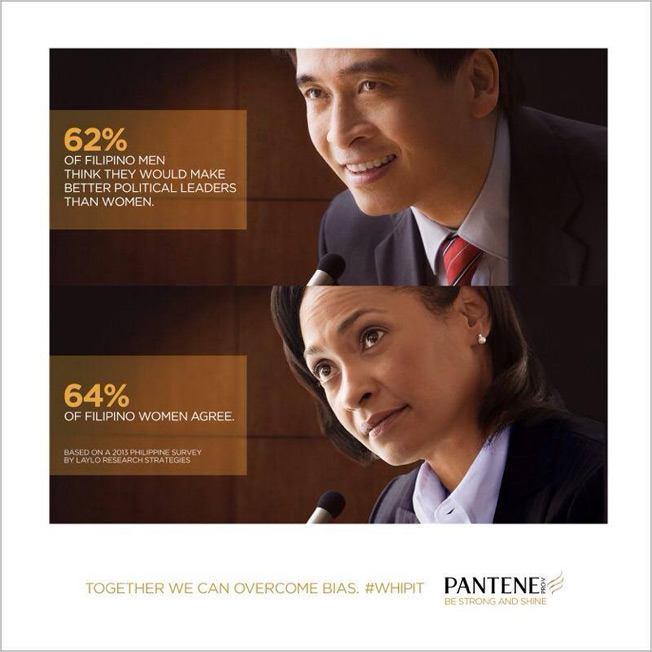





![]()

